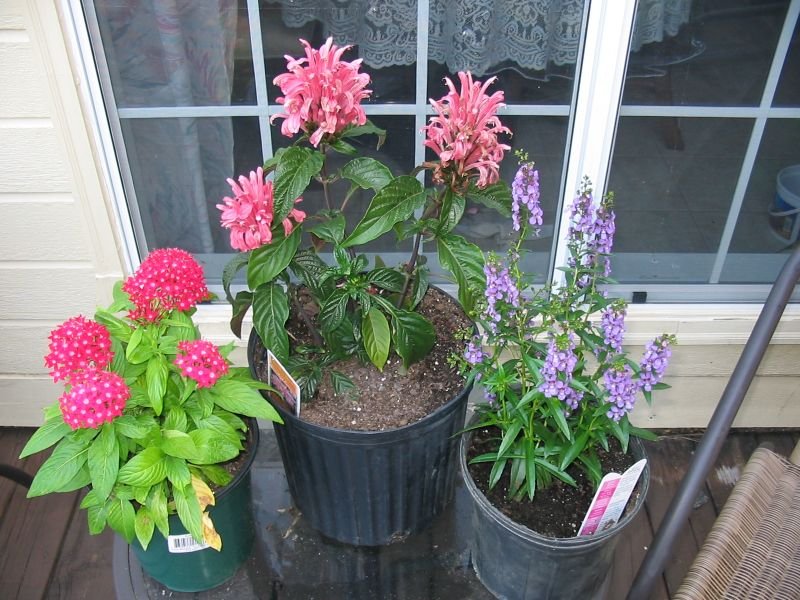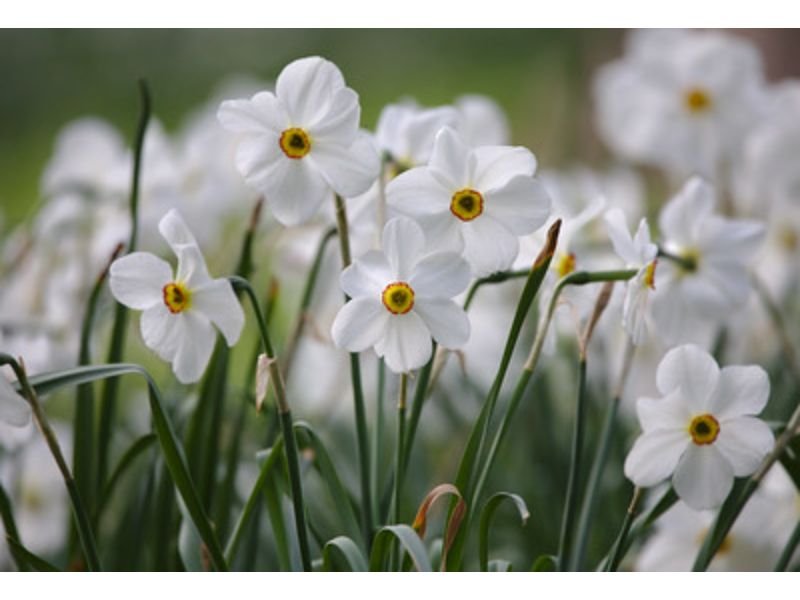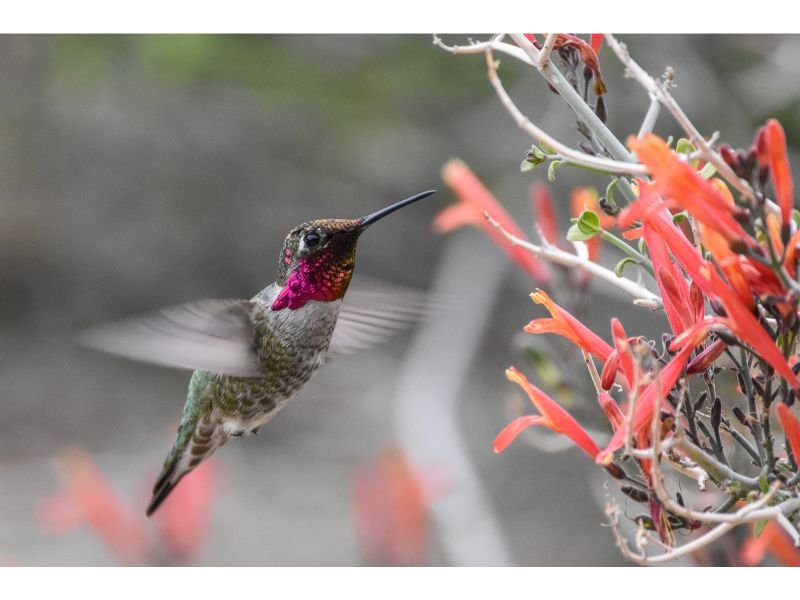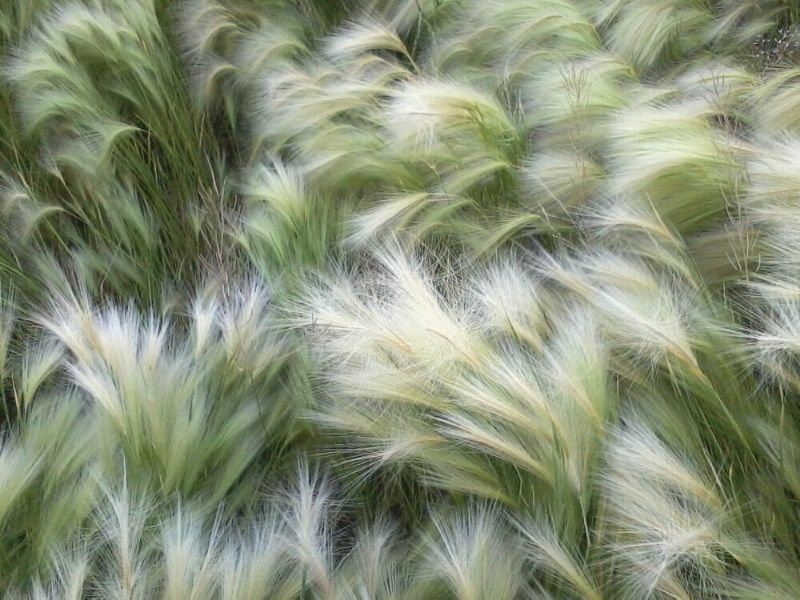Some good companion plants for Angelonia include:
1. Salvia
2. Verbena
3. Petunias
4. Zinnias
5. Marigolds
6. Lantana
7. Geraniums
8. Coleus
9. Dusty Miller
10. Lobelia

These plants have similar growing conditions and complement the colors and textures of Angelonia. They also attract pollinators and beneficial insects to the garden.
Table of Contents
Benefits of growing companion plants for Angelonia
Growing companion plants for angelonia is not only beneficial for the plant itself but also for the overall health of your garden. Did you know that companion plants can help attract beneficial insects and pollinators to your garden? This means that your angelonia will have a better chance of being pollinated and producing more flowers. Additionally, companion plants can help improve soil health by adding nutrients and breaking up compacted soil.
But wait, there’s more! Companion plants can also help deter pests and diseases from attacking your angelonia. For example, planting marigolds can help repel nematodes and other harmful insects. And if you’re looking to add some color to your garden, companion plants like petunias and zinnias can complement the vibrant hues of your angelonia.
Not only do companion plants provide practical benefits, but they can also add a fun and unique touch to your garden. Imagine a beautiful mix of angelonia, lavender, and salvia all growing together in harmony. It’s like a mini ecosystem right in your backyard! So why not give companion planting a try and see the benefits for yourself? Your angelonia (and your garden) will thank you.
How do You Plant Angelonia with Companion Plants?
To plant Angelonia with companion plants, first, choose plants with similar growing conditions and complement the colors and textures of Angelonia. Prepare the soil by adding compost or fertilizer as needed. Plant the Angelonia and companion plants at the same depth and spacing recommended for each plant. Water thoroughly after planting and continue to water regularly as needed. Mulch around the plants to help retain moisture and suppress weeds. Monitor the plants for pests and diseases and treat them as needed.
What are the Tips for the Care and Maintenance?
To care for Angelonia and its companion plants, water regularly and deeply, especially during hot and dry weather. Fertilize every 4-6 weeks with a balanced fertilizer. Deadhead spent blooms to encourage more flowers. Prune back leggy stems to promote bushier growth. Monitor for pests and diseases and treat them as needed. Remove any yellow or diseased leaves promptly. In colder climates, protect the plants from frost or bring them indoors for the winter.
What are the Common Problems?
There are no specific common problems with Angelonia companion plants. However, it is important to monitor all plants for pests and diseases and treat them as needed. Additionally, make sure all plants are receiving adequate water and nutrients to promote healthy growth. If any issues arise, research the specific plant and its needs to determine the best course of action.
How Can You Enhance Your Garden with Angelonia and its Companion Plants?

Angelonia can be a great addition to any garden, and several companion plants can enhance its beauty and overall appeal. Here are some tips on how to enhance your garden with Angelonia and its companion plants:
1. Pair Angelonia with other sun-loving plants
Angelonia thrives in full sun, so it’s best to pair it with other plants that have similar light requirements. Some great options include marigolds, zinnias, and petunias.
2. Mix and match colors
Angelonia comes in a variety of colors, including pink, purple, blue, and white. To create a visually stunning garden, mix and match different colors of Angelonia with other complementary plants.
3. Create height and texture
Angelonia is a relatively low-growing plant, so it’s a good idea to pair it with taller plants that can add height and texture to your garden. Some great options include ornamental grasses, salvias, and dahlias.
4. Consider foliage
While Angelonia is known for its beautiful flowers, don’t forget about foliage when choosing companion plants. Plants with interesting foliage, such as coleus or heuchera, can add depth and interest to your garden.
5. Don’t forget about pollinators
Angelonia is a great plant for attracting pollinators, so consider pairing it with other plants that are also attractive to bees and butterflies. Some great options include coneflowers, milkweed, and bee balm.
What Other Plants Can You Add to Your Garden with Angelonia and its Companion Plants?

“Some other plants that can be added to your garden with Angelonia and its companion plants include:
- Lantana: Lantana is a sun-loving plant that comes in a variety of colors and can attract butterflies to your garden.
- Verbena: Verbena is a low-maintenance plant that can add a pop of color to your garden and attract pollinators.
- Salvia: Salvia is a tall, spiky plant that can add height and texture to your garden and attract hummingbirds.
- Coreopsis: Coreopsis is a low-growing plant that can add a bright burst of yellow to your garden and attract bees and butterflies.
- Black-eyed Susan: Black-eyed Susan is a sun-loving plant with bright yellow flowers that can attract pollinators and add a cheerful touch to your garden.”
- Zinnia: Zinnias come in a variety of colors and can add a vibrant splash of color to your garden while attracting butterflies and bees.
- Marigold: Marigolds are easy to grow and come in a variety of colors. They can attract beneficial insects to your garden and repel pests.
- Petunia: Petunias are a popular annual plant that can add a variety of colors to your garden and attract pollinators.
- Echinacea: Echinacea, also known as coneflower, is a hardy perennial that can add a pop of color to your garden and attract butterflies and bees.
- Rudbeckia: Rudbeckia, also known as black-eyed Susan, is a sun-loving plant with yellow or orange flowers that can attract pollinators and add a cheerful touch to your garden.”
- Cosmos: Cosmos are easy to grow and come in a variety of colors. They can attract butterflies and bees to your garden.
- Sunflower: Sunflowers are a classic garden plant that can add a bright and cheerful touch to your garden while attracting pollinators.
- Verbena: Verbena is a low-maintenance plant that can add a variety of colors to your garden and attract butterflies and bees.
- Zucchini: Zucchini is a popular vegetable that is easy to grow and can produce a bountiful harvest. It can also attract pollinators to your garden.”
- Lavender: Lavender is a fragrant and beautiful plant that can attract bees and butterflies to your garden. It is also known for its calming properties and can be used for aromatherapy.
- Milkweed: Milkweed is a crucial plant for monarch butterflies as it is the only plant that their caterpillars can eat. It also attracts other pollinators to your garden.
- Basil: Basil is a popular herb that can be used in cooking and can also attract bees and butterflies to your garden. It is easy to grow and can be grown in containers or in the ground.
Conclusion
In conclusion, Angelonia is a beautiful and versatile plant that can be paired with a variety of companion plants to create stunning garden displays. Whether you choose to plant it with other sun-loving annuals, perennials, or shrubs, Angelonia is sure to add color, texture, and interest to your garden.
By following proper planting and care techniques, as well as practicing good garden hygiene, you can help ensure the health and vitality of your Angelonia and its companion plants. So why not try incorporating Angelonia into your garden this season and see the beautiful results for yourself?

Gardening is my passion and growing plants indoors has always been a stress relief for me. Grow a banana tree in my apartment once (although failed to produce bananas).






